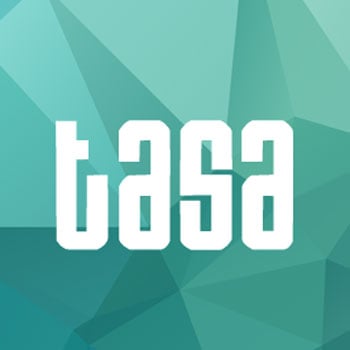Art Under Attack: The Creative Arts in U.S. Higher Education
/May, 2016 - Richard Lubben, TASA President Elect & CAA Education Committee Chair
With the implementation of the new Texas higher education core curriculum in the fall 2014 semester, most studio and performing art courses are no longer optionsfor many college students wishing to fulfill their undergraduate general education creative arts area. With the exception of two colleges, students in Texas public institutions are now generally required to select from a very limited list of purely lecture courses such as art appreciation, art history or music appreciation. This decision by state policy makers took most Texas college art departments by surprise when requests to include studio art courses in the general education area were denied in 2014, and again for the last two years. As Texas colleges and universities are busy preparing for continued declines in studio enrollment after new requests to include studio art courses in the 2016-‐17 core curriculum area were denied once again, many art faculty remain concerned about the future of the arts in U.S. colleges and universities.
After substantial discussion with art administrators and curriculum specialist in Texas over the last three years, it appears that many policy makers believe that the sole purpose of a studio art course (courses such as painting, drawing, photography, sculpture, etc.) is to train students to be practicing artists, and that students taking a studio art course will only learn "craft" techniques and technical skills. The College Art Association Education Committee and the Texas Association of Schools of Art disagree with this likely uninformed interpretation of the purpose of studio art education, and urge policy makers to understand that studio art classes should not be mistakenly perceived as the acquiring of narrow skills, techniques or procedure specific to a particular occupation or profession. In my experience, undergraduate studio art courses are intellectual courses that are not primarily focused to train students to become practicing artists, just as English composition is not intended to train students to become professional writers. Cognitive skills, particularly critical thinking, innovation, and problem solving are developed and reinforced in studio art courses and help students toward their goal of being successful, productive and gainfully employed citizens regardless of their field of study in college, or in their chosen career.
Read More
